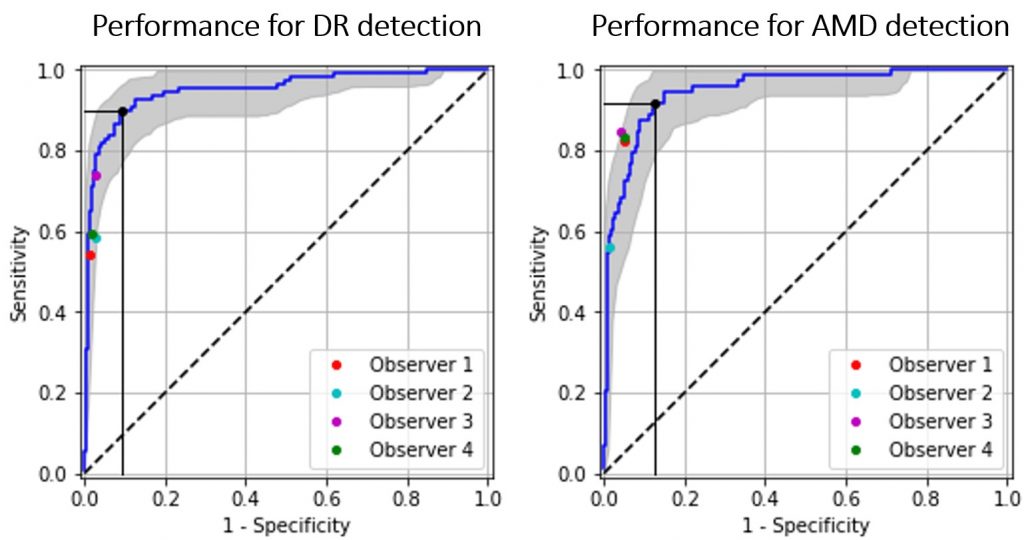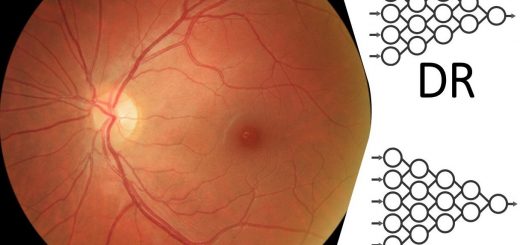
CORR Symposium 2019
October 4, 2019
RSNA 2019 Certificate of Merit for our educational exhibit on GANs
December 9, 2019Our paper ‘Evaluation of a deep learning system for the joint automated detection of diabetic retinopathy and age‐related macular degeneration’, by González-Gonzalo et al, has been published in Acta Ophthalmologica.
Screening for eye diseases has become a high‐priority healthcare service to prevent vision loss. Established screening protocols rely on manual readings by highly specialized workforce, failing to meet the requirements of large‐scale screening in high‐ and low‐resource countries. Furthermore, cost‐effectiveness remains to be the main burden for establishing screening programmes, and different protocols are followed for different diseases, which translates to a larger burden to health systems and to the patient, that needs to undergo several of them. Automated screening solutions aim to provide a scalable, sustainable and high‐quality approach to meet the increasing demand, while reducing the burden on highly trained professionals and the associated costs.
In this paper, we validate the performance of a commercially available, CE‐certified deep learning (DL) system, RetCAD v.1.3.0 (Thirona, Nijmegen, The Netherlands), for the joint automatic detection of diabetic retinopathy (DR) and age‐related macular degeneration (AMD) in colour fundus (CF) images, and compare it to that of human experts. The main novel aspect of our work, in contrast to previous work on joint automated screening, is the performance of the validation for joint detection of DR and AMD on one unique dataset which includes simultaneously referable and non‐referable cases of both diseases. This allows to analyse how the presence of each pathology influences joint screening performance, since these diseases can coexist and a solution for joint detection would be beneficial.
We show that the validated system performs comparably to human experts at simultaneous detection of DR and AMD. This shows that DL systems can facilitate access to joint screening of eye diseases and become a quick and reliable support for ophthalmological experts. We also demonstrate that an automated solution for joint detection would be beneficial at screening settings, since eye diseases can coexist and examination protocols rely on the same principles and actions, while reducing subjectivity due to interobserver disagreement.

Joint automated screening performance for DR and AMD of the validated DL system and human experts.

